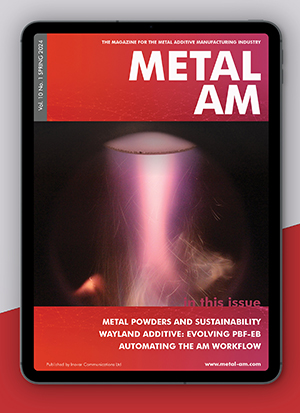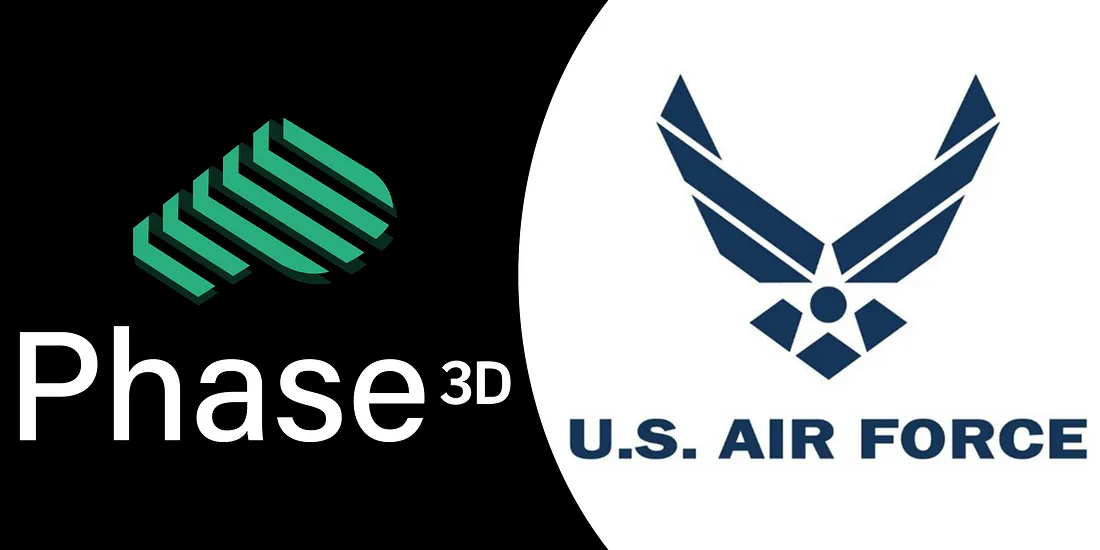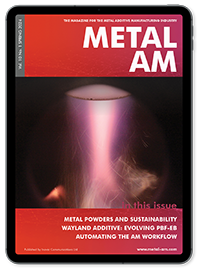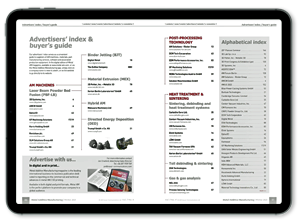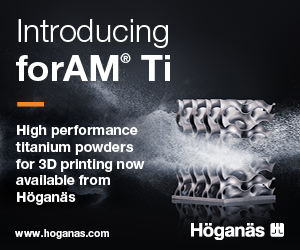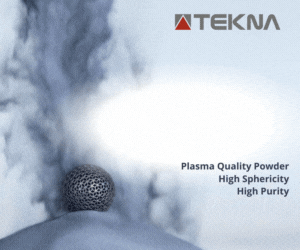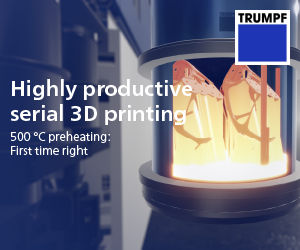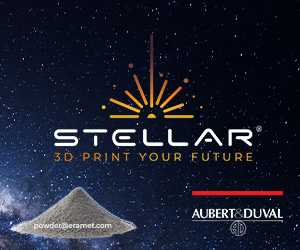Phase3D awarded $1.25M contract for Cold Spray AM quality inspection system by US Air Force Research Lab
July 20, 2023
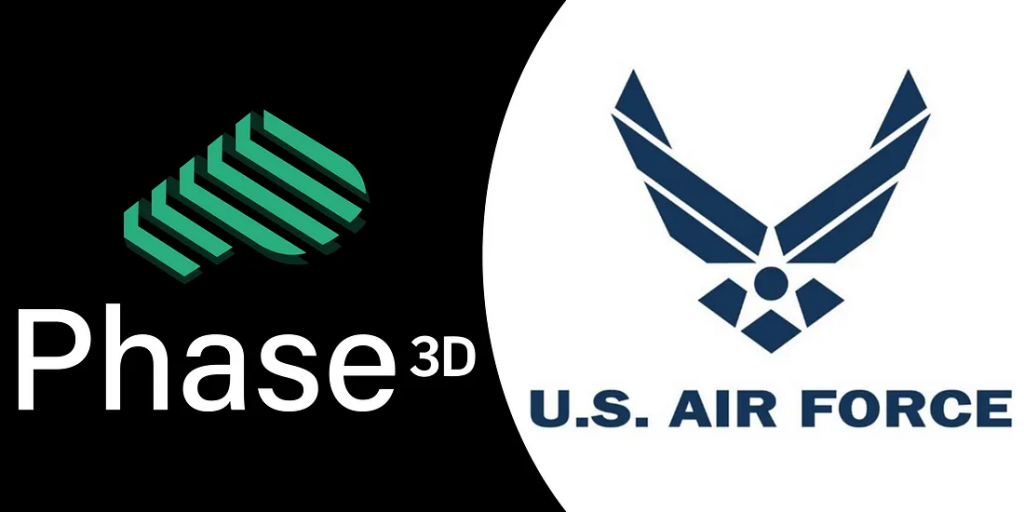
Phase3D, a startup based in Chicago, Illinois, USA, which focuses on in-situ inspection for powder-based Additive Manufacturing has been awarded a two-year contract worth $1.25 million from the Air Force Research Lab for the development of a quality inspection system for Cold Spray AM (CSAM). The new technology is intended to be installed at Ellsworth Air Force base in South Dakota.
CSAM has potential in the production of large parts as well as quickly repairing or recladding existing parts for the Department of Defense (DoD). However, the technology currently faces the challenge of gathering objective data on the part as it is being built. Phase3D’s work through this contract looks to provide high quality, objective data on the process, which is believed to be critical for the growth of its use case, especially in the field.
The contract is set to build upon ongoing research by Phase3D and its research collaborators, including VRC Metals, a subcontractor for this project. Phase3D’s flagship structured light in-situ inspection technology for Powder Bed Fusion and Binder Jetting, Fringe, is due to be adapted to monitor CSAM deposits in order to ensure uniform material deposition.
It is intended that the technology will produce the same high-quality quantitative height maps for the metal powder deposited onto the substrate, as well as an intuitive visualisation platform for technicians and engineers. For advanced manufacturing to increase adoption and use cases, more repeatable, quantifiable, and objective data needs to be gathered for every step of the workflow. This contract looks to demonstrate a full solution of in-situ monitoring for CSAM in the hopes of helping the technology’s growth.
The project aims to validate a working concept of structured light measurements on a Cold Spray Additive Manufacturing system and demonstrate the full solution for real time quality monitoring to support recladding, repair, and reinforcement. It also looks to provide a basis for the creation of specifications and build guidelines for CSAM.
Download Metal AM magazine
